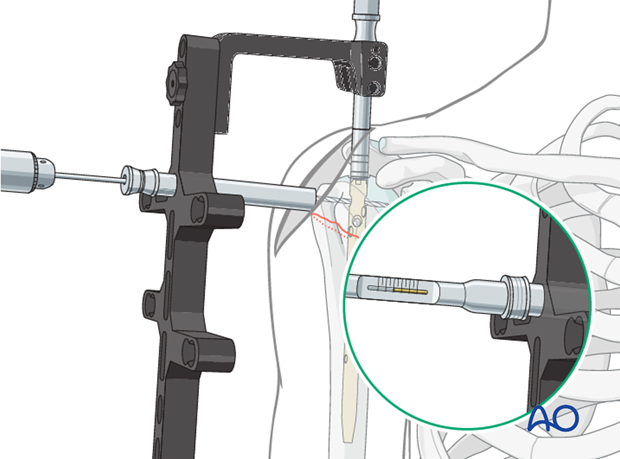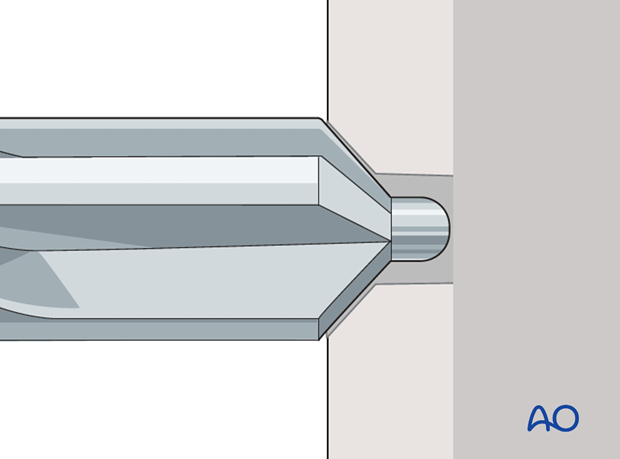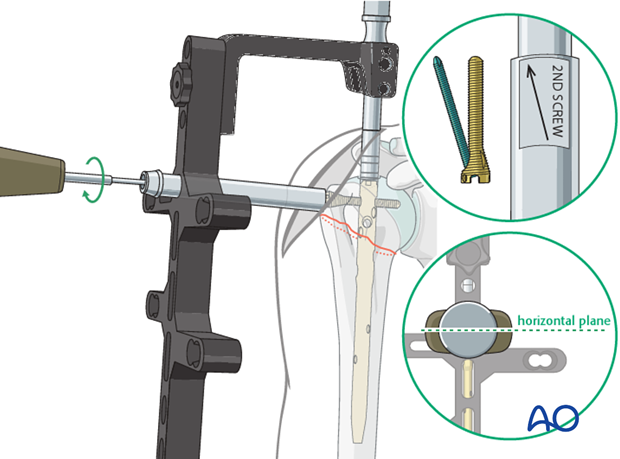For Doctors Proximal Humeral Fractures, Extra AArticular 2-Part, Surgical Neck, Impaction Treatment Nailing (Straight Nail)
For Doctors Proximal Humeral Fractures, Extra AArticular 2-Part, Surgical Neck, Impaction Treatment Nailing (Straight Nail)
Extraarticular 2-part, surgical neck, impaction
These fractures are intrinsically stable due to the metaphyseal impaction and respond well to gentle early mobilization. The decision for operative management should depend on the degree of fracture deformity (angulation). Mild-moderate angulation is well tolerated. Significant deformity may require reduction and fixation. The main aim of treatment is to achieve fracture union with acceptable alignment, with little functional impairment.
The functional demands of the patient, the presence of comorbidities, and risk of delayed fracture displacement should be considered. Nonoperative treatment usually achieves good results, particularly for varus impacted fractures.
Main indications
Unacceptable deformity and/or risk of displacement
Supporting indications
- Unacceptable deformity
- Need for more stability and/or earlier mobilization
Advantages
- Strong fixation in poor bone quality
- Entrance point of the nail does not interfere with the footprint of the supraspinatus tendon
- Less extensive exposure than ORIF
- Possibility of earlier motion
Disadvantages
- Possible increased shoulder pain, or rotator cuff disturbance
- Reduction may be difficult
- Risk of damage to the axillary nerve
- Violation of the rotator cuff
1. Bent vs straight nails
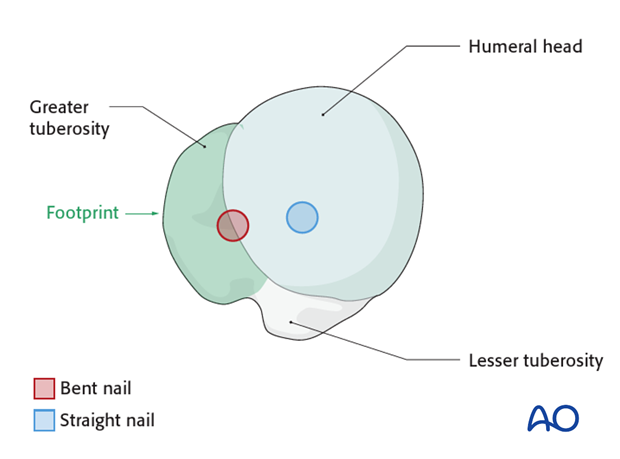
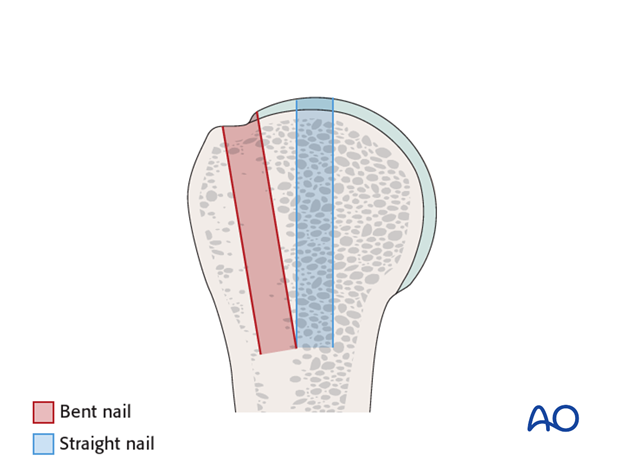

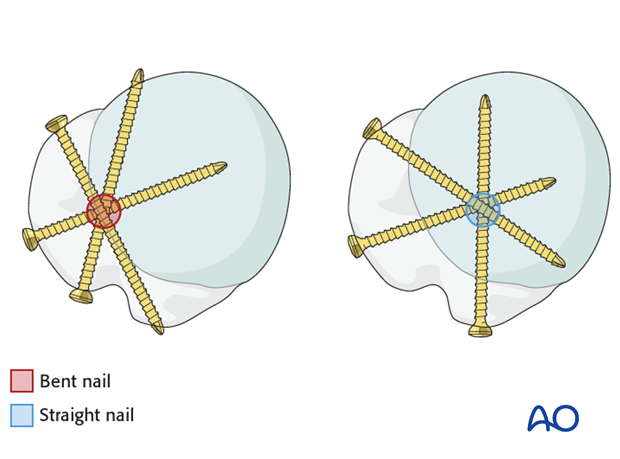
2. General considerations
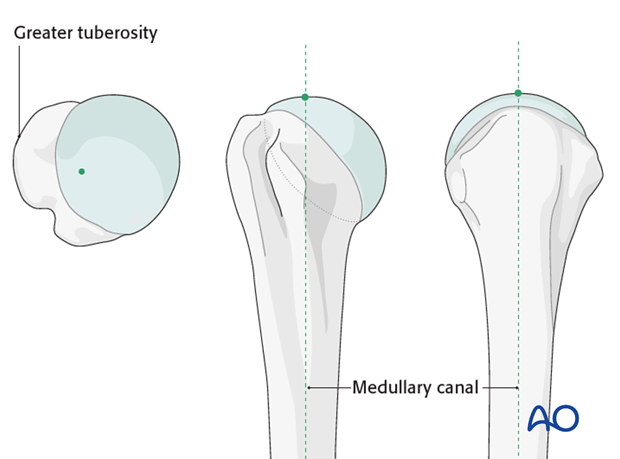

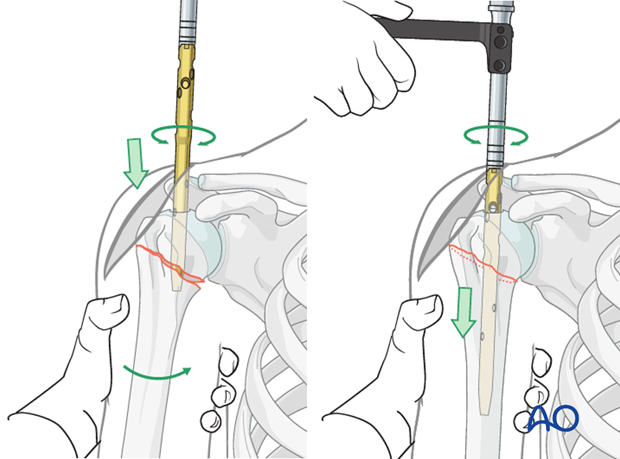

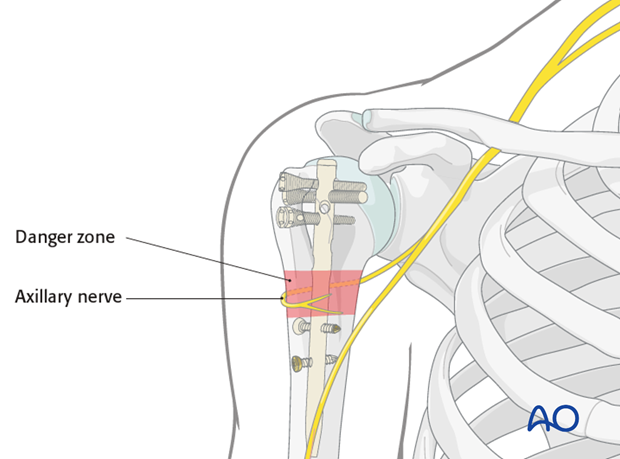
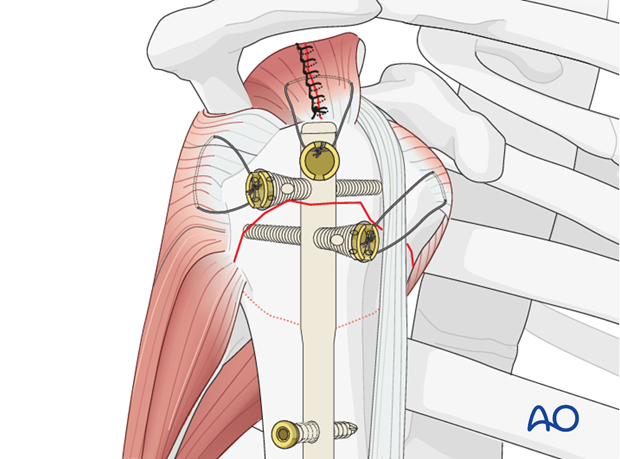
3. Patient preparation and approach
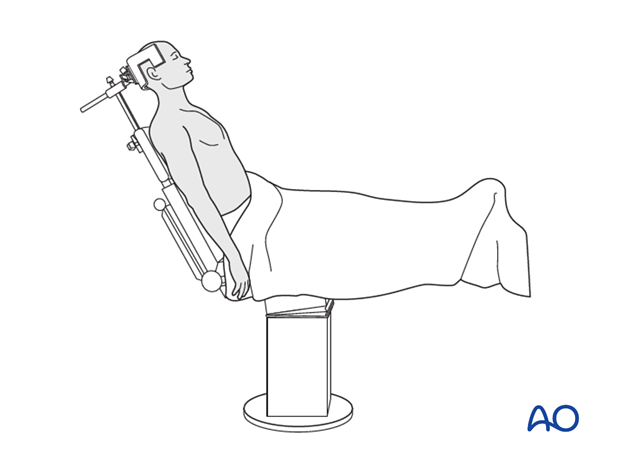
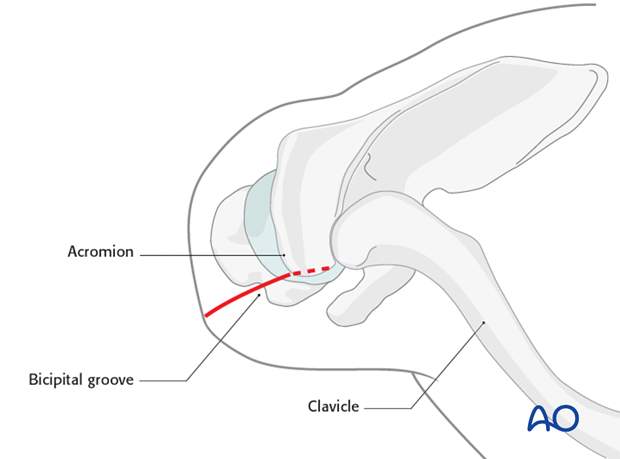
4. Reduction of humeral head

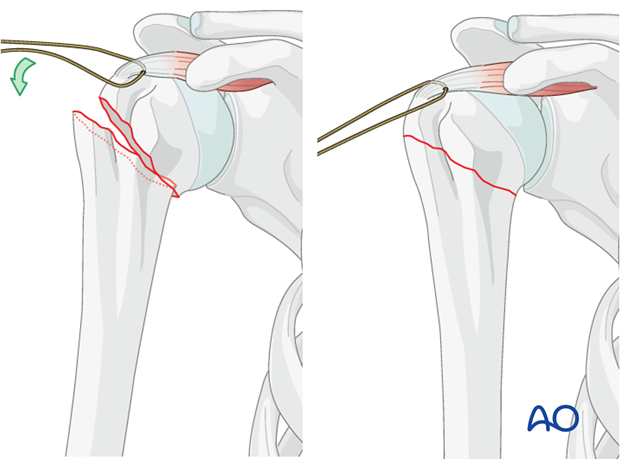
5. Determination of entry point and opening of the canal
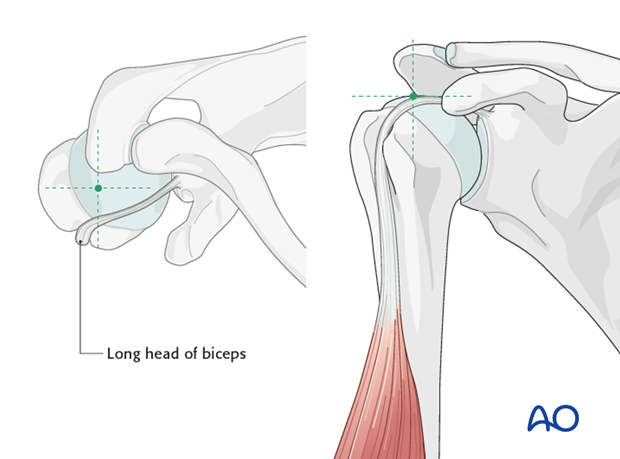
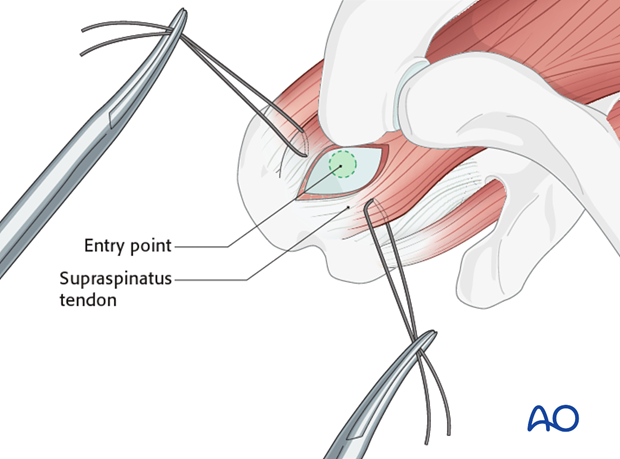
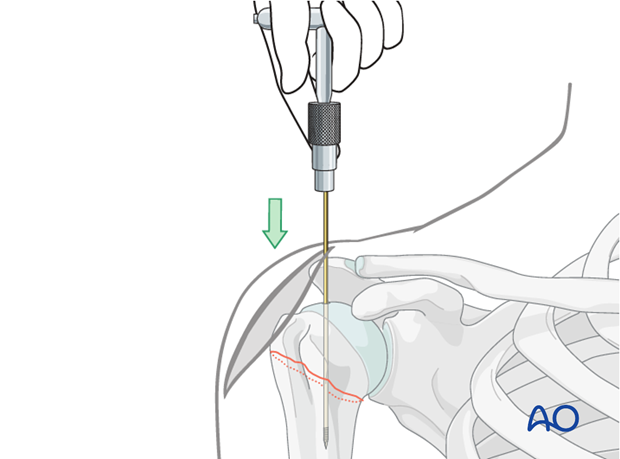

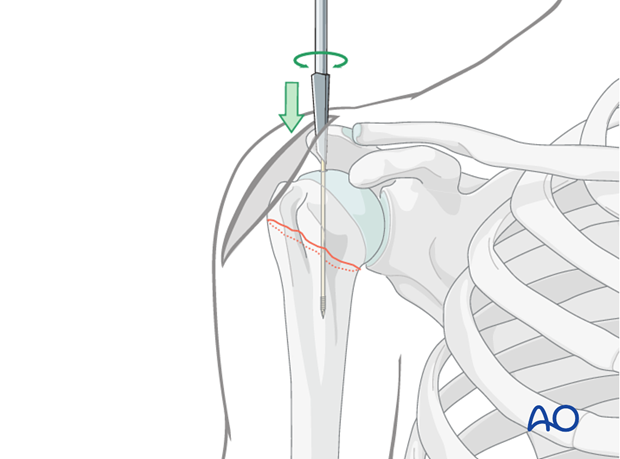
6. Nail insertion
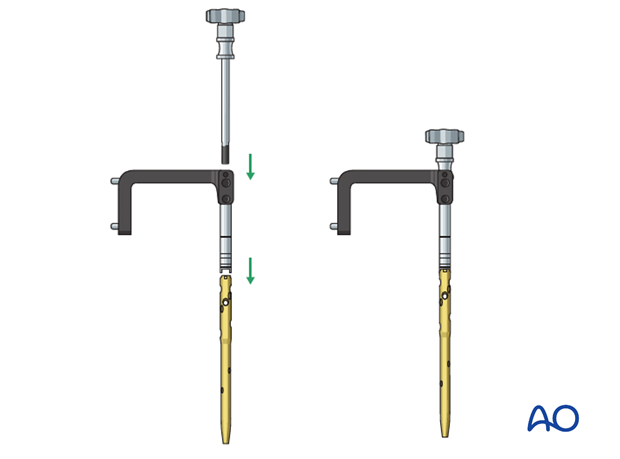
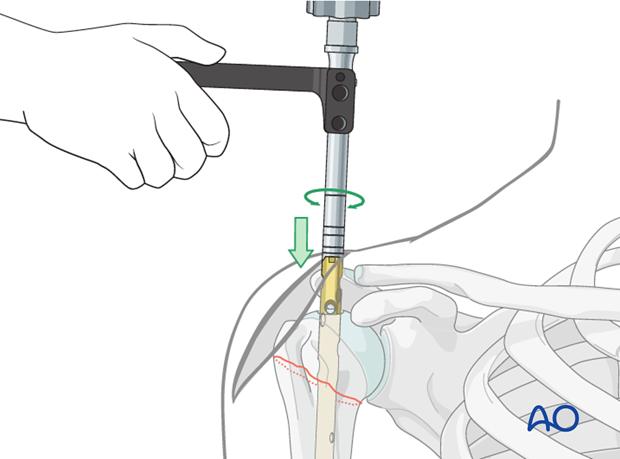
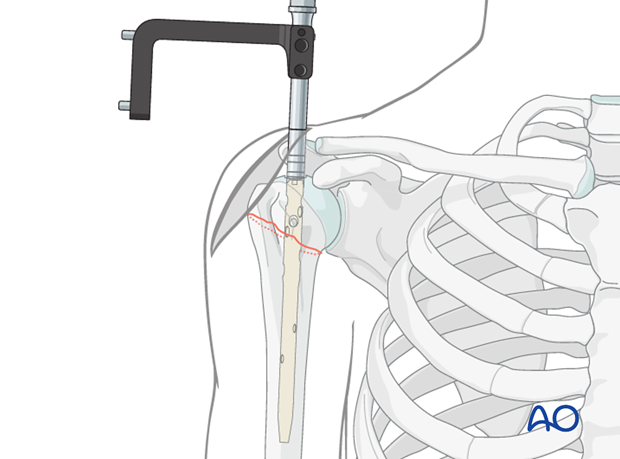
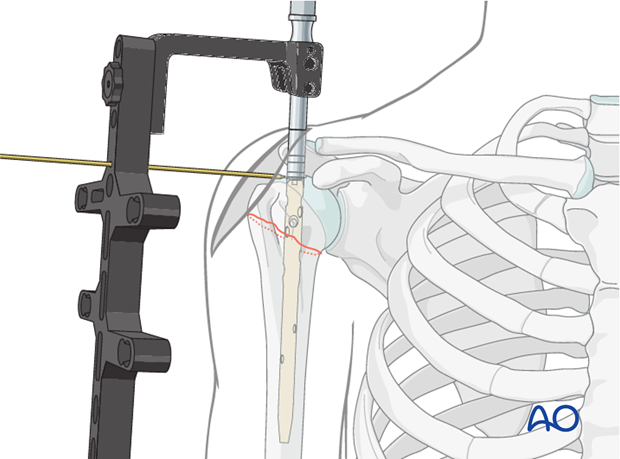

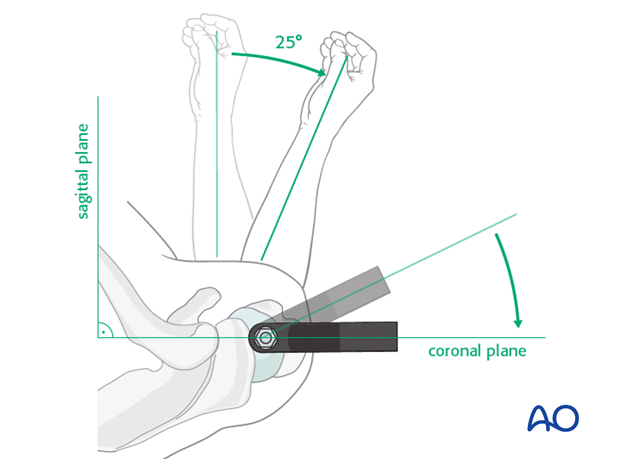
7. Proximal nail fixation

